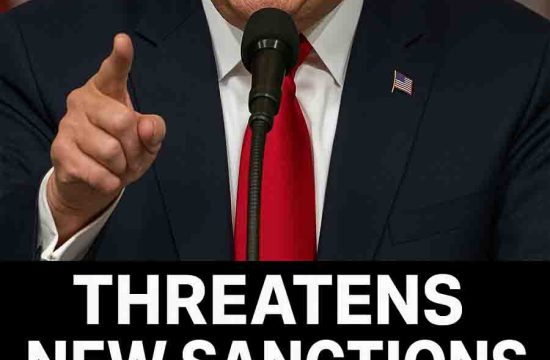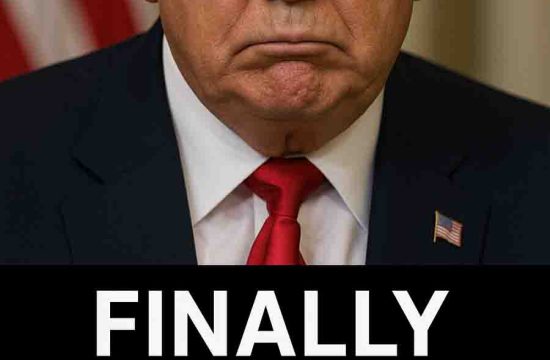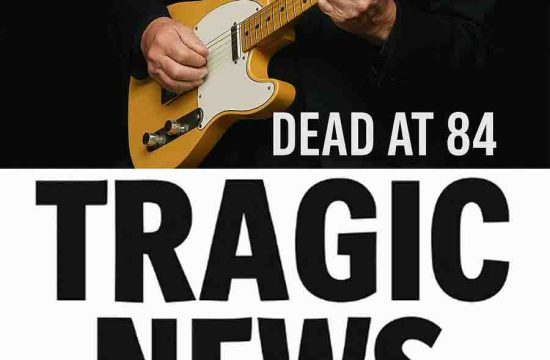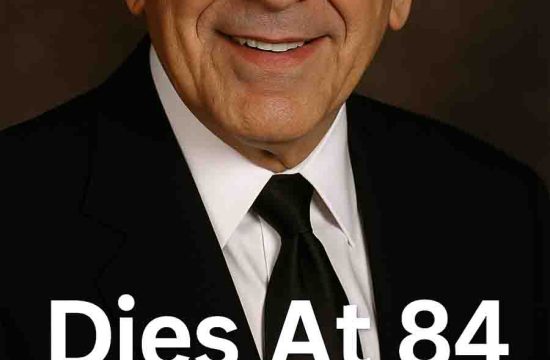In recent days, President Donald Trump has stepped up his rhetoric toward Hamas as part of the fragile cease-fire regime in Gaza, signalling tougher consequences if the agreement breaks down. His comments reflect not only a sharpened U.S. posture but also the immense fragility of the cease-fire and broader peace process in the region.
The context and stages of the cease-fire
After two years of open conflict between Israel and Hamas in the Gaza Strip, a truce was negotiated under U.S. mediation. Under this deal, key components include the release of hostages, humanitarian assistance, and a pathway to demilitarisation of Gaza.
-
On October 14, Trump declared that Hamas must either disarm voluntarily, or “we will disarm them. And it will happen quickly and perhaps violently.”
-
On October 16, he went further: if violence in Gaza continues, he warned “we will have no choice but to go in and kill them” — while clarifying that U.S. troops would not be deployed directly into Gaza.
-
The U.S. State Department announced credible intelligence that Hamas may be planning an attack on Palestinian civilians in Gaza, which would constitute a “direct and grave violation” of the cease-fire. AP News
-
Amid a renewed flare-up of violence (including two Israeli soldiers killed, and Palestinian casualties from retaliatory strikes), Trump affirmed that the cease-fire remains in effect and suggested the recent attack may have been carried out by “internal rebels” within Hamas rather than its leadership.
What Trump is saying — and what he means
Trump’s rhetoric reflects several converging messages:
-
Disarmament demand: He is demanding that Hamas relinquish its weapons and military infrastructure. If it doesn’t, he says, the United States (and/or its regional allies) will act to neutralise Hamas’s capabilities.
-
Warning of escalation: Although he states U.S. troops won’t be used in Gaza, he is clearly signalling that violent consequences are on the table if the truce fails. (He referenced “people very close, very nearby” doing the trick under U.S. auspices.
-
Support for Israel, but a broader role: While emphasising Israel’s security, Trump is positioning the U.S. as an indispensable mediator and enforcer of the cease-fire terms — including humanitarian access and monitoring.
-
Tough love for all parties: His statements are not only directed at Hamas; implicitly, Israel is also under pressure to comply with aid access and cease-fire implementation, and U.S. envoys are active on the ground to stabilise the deal.
Why this matters
-
Cease-fire stability: The rhetoric underscores how fragile the current truce is. A single major violation could spiral into renewed conflict. Trump’s warnings signal that the U.S. is ready to act to preserve the deal — or abandon it.
-
Hamas’s future: Disarmament is one of the key unresolved questions. If Hamas refuses, the terms of the cease-fire (and the broader peace plan) could unravel. Trump’s ultimatum raises the stakes for the group’s survival and legitimacy.
-
Regional dynamics: The U.S. engagement (with envoys like Jared Kushner and Steve Witkoff in Israel) reflect that Washington views this phase as pivotal in shaping Middle East stability, humanitarian outcomes, and regional alliances.
-
Humanitarian implications: With aid delivery and civilian safety hanging in the balance, Trump’s statements carry real consequences for Gazan civilians and Israeli security alike. If the cease-fire collapses, the humanitarian cost could spike.
-
Political signalling: Domestically, Trump’s tough posture may play into his larger foreign-policy brand of “strength” and “deal-making.” Internationally, it signals that the U.S. will not simply play facilitator but may resort to coercion.
Challenges and risks ahead
-
Ambiguity over action: While Trump threatens force, he has also said U.S. troops will not be sent into Gaza. This gap between threat and actual means may weaken deterrence or lead to confusion about who carries out enforcement.
-
Hamas internal divisions: Trump’s comment that recent violence may be due to “internal rebels” within Hamas suggests that even if the group’s leadership signs off on the deal, other factions may act independently — complicating accountability.
-
Implementation logistics: Disarming Hamas and rebuilding Gaza are ambitious tasks. The cease-fire deal incorporates complicated mechanisms (weapons collection, a stabilisation force, transitional governing bodies) whose details remain contested.
-
Israeli-Palestinian political fault-lines: Israel under Prime Minister Benjamin Netanyahu still insists on demilitarising Gaza and controlling security, while Palestinians demand end to occupation and right of return. These contrasting goals threaten to derail the peace process.
-
Humanitarian fallout: If aid access remains restricted or violence resumes, the humanitarian situation — already dire — may worsen, creating pressure for renewed military action or large-scale displacement.
What happens next
-
U.S. envoys will continue to engage in Israel, Gaza and regional capitals to shore up the cease-fire and prepare for the next phase of implementation.
-
The U.S. will monitor for violations: should Hamas (or others) launch attacks on civilians or Israeli forces, Trump’s threat suggests a rapid response — though the nature of that response remains partly ambiguous.
-
The demilitarisation of Gaza will be a central litmus test: whether weapons caches and tunnels get dismantled, whether Hamas hands over control of its military assets, whether an international stabilisation force is deployed.
-
Reconstruction and governance will need to move ahead in tandem—without progress, the cease-fire could collapse from neglect or frustration rather than major flare-up.
-
Regional players (Egypt, Qatar, Gulf states) may shape the path forward: they are critical in mediating and in providing financial/humanitarian support, and their buy-in will affect the durability of the deal.
Conclusion
President Donald Trump’s warning to Hamas marks a more assertive phase in the U.S. role in the Israel-Gaza cease-fire. He is signalling that the truce is contingent not only on a halt to hostilities but on structural change — notably the disarmament of Hamas. While this could strengthen deterrence and incentivise compliance, it also raises the stakes for failure. The coming weeks will test whether the cease-fire holds, whether the mechanisms around it gain traction, and whether U.S. threats translate into action or deterrence.











